Microsoft Build 2022: CEO Satya Nadella Calls Azure ‘The World’s Computer’
Microsoft CEO Satya Nadella discusses Microsoft Dev Box, Power Pages, Teams live share and other new products during his Build keynote address.
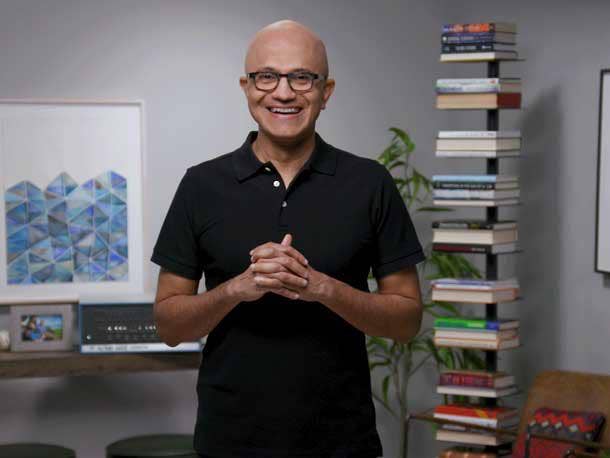
Microsoft CEO Satya Nadella used his keynote address during his company’s Build conference this week to promote new offerings such as Microsoft Dev Box, Power Pages and “live share” in Teams and to update developers on the tech giant’s investments in technologies ranging from low code/no code to the metaverse.
“We’re building Microsoft Cloud as a platform to help you build your own platforms,” Nadella said. “Here at this conference, we are announcing more than 50 new products and features spanning every layer of the stack. These are your platforms to build upon.”
He continued: “Ultimately, this is about maximizing the opportunity for every developer by providing the richest set of technologies and platforms that empower you to dream and build what is next, breaking free of any arbitrary restrictions and removing friction so you can reach every person and every corner of the planet.”
[RELATED: The Biggest Microsoft Teams And M365 Announcements At Build 2022]
Microsoft held its Build conference online this week as the world continues to grapple with the COVID-19 pandemic.
New previews for Azure announced during the conference include Azure OpenAI Service, AI dashboards in Azure Machine Learning and a web application routing add-in for Azure Kubernetes Service were among the biggest Azure announcements from Microsoft during this year’s Build conference aimed at developers.
“Azure is the world’s computer with 60-plus data center regions connected by over 175,000 miles of fiber over 190 points of presence,” Nadella said
This delivers faster access to cloud services while addressing the critical data residency requirements. And we’re not stopping there.
Along with the previews, Redmond, Wash.-based Microsoft announced new generally available features for its cloud service, including Microsoft Intelligent Data Platform, document and conversation summarization with Azure Cognitive Service for Language and a ledger feature for Azure SQL Database.
Updates expected later this year include general availability for GitHub Copilot, general availability for Azure Spring Apps Enterprise, Dynatrace for Azure and Purview Data Estate Insights.
Teams previews included Loop components across Teams chats and Outlook emails and collaboration controls in Power Apps. Features to become generally available for Teams include improved discoverability in the app’s store, a Teams JavaScript 2.0 software development kit (SDK) and Teams Toolkit for Visual Studio Code.
Coming this summer are previews for approvals APIs for frontline and office Teams users, an app from Figma, new license management capabilities in the Teams App Store, a link unfurling expansion and a Bosch Cognitive Service Maintenance app in Teams, among other new features.
Here’s what Nadella had to say during Build.
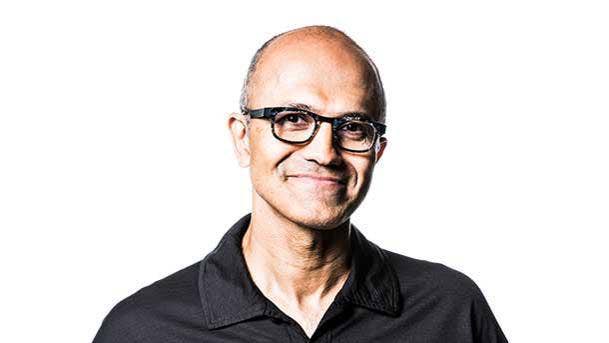
What Did Satya Nadella Say At Microsoft Build 2022?
Today, I’ll talk about 10 technologies that are coming together as a powerful platform to help you build what’s next. Let’s dive in.
It all starts with your flow as a developer. And when we think about your flow, it’s more than the speed at which you work. It’s about getting in the zone and staying there. We want to make it easy for you to go from idea to code and code to cloud and cloud to the world.
Our approach starts with GitHub, the home for every developer whether you’re helping digitally transform a Fortune 500 or starting a new Web3 project.
Flow begins with your dev box. Today, you have to set up a new dev box whenever you start a project, investigate a bug in an older codebase, onboard a colleague or learn a new technology.
It’s too complex, it takes too long and it’s too hard to keep workstations secure, compliant and up to date.
Last year, we introduced GitHub Codespaces to address this. Codespaces is your entire developer environment including the full power of VS (Visual Studio) Code hosted in the cloud and accessible via the browser.
You can spin up a new Linux-based dev environment for any-sized project with pre-built images in seconds. In fact, GitHub’s own dev image starts in just 10.
It’s truly your on-the-go dev environment accessible across the cloud locally on your machine with Codespaces and Windows Subsystem for Linux.
You can save your changes and bring the entire environment to WSL locally. And when you go back online, you can commit your changes and return to Codespaces.

Nadella On Microsoft Dev Box
While Codespaces is a great environment for web development and building cloud native apps, if you’re building for the PC, embedded, mobile or console, you often need a Windows dev box and other client apps to do your development. And you often need a solution managed by IT.
That’s why I’m so excited to announce the Microsoft Dev Box. It’s a fully managed service built on Windows 365 to spin the beefiest of VMs with all the tools, connected services and network resources you need pre-provisioned so you can get to code quickly while ensuring that your dev box always stays secure and compliant.
It’ll be compatible with, in fact, the Azure Game Dev VM (Azure Game Development Virtual Machines) we announced at GDC (the Game Developers Conference). So game developers can access all of the tools they use every day to test and build their games in the cloud.
And from an IT perspective, it can be managed alongside all the other devices your company manages through Microsoft Endpoint Manager.

Nadella On GitHub Copilot
Now let’s take it one step further to help you stay in your flow. What if you had an AI-paired programmer that you could collaborate with and would help you learn new frameworks and best practices?
That was our motivation for GitHub Copilot. It draws context from the code you’re working on to finish the lines you start or even suggest entire functions. It’s incredibly powerful.
We introduced a preview a year ago and the feedback has been fantastic. And we’re already seeing more than 35 percent of newly written code being suggested by Copilot in popular languages like Java and Python. And one-third of the people who signed up for the preview of frequent users.
I’m excited to share that we will make Copilot generally available for developers later this summer. And everyone who’s registered for Build today will have free access through GA. We’re also making Copilot free for students as well as verified open-source contributors.
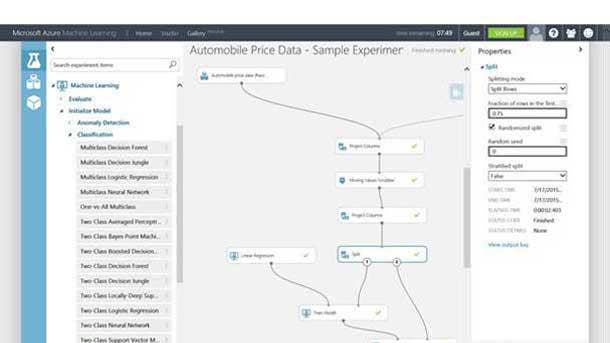
Nadella On Newer Azure Tools
The next technology I want to talk about is the cloud and, in particular, the ubiquity of the cloud. We are seeing a major acceleration in the build out of a highly distributed computing fabric from the cloud to the edge as we embed computing everywhere.
Azure is the world’s computer with 60-plus data center regions connected by over 175,000 miles of fiber over 190 points of presence.
This delivers faster access to cloud services while addressing the critical data residency requirements. And we’re not stopping there.
With Azure Arc, we’re bringing the power of Azure anywhere. Customers now can run mission-critical data workloads in their own environments while meeting latency and regulatory requirements.
With Azure for Operators, we’re partnering across the telecom industry to bring computing to the 5G edge through both private and public MEC (multi-access edge compute).
We’re extending our infrastructure beyond our planet, bringing cloud computing to space. Azure Orbital is a fully managed ground-station-as-a-service for fast downlinking of data. And we are partnering broadly across the space industry.
In fact, NASA is testing these capabilities aboard the International Space Station. For astronauts, the integrity of the spacesuit is everything. And so we built a model with Azure Machine Learning to look for signs of damage on an astronaut’s gloves after spacewalks, and they’re running it locally on HPE’s Spaceborne Computer.
And another example is Ferrovial, which builds and manages some of the world’s largest busiest airports and highways from Dallas to Madrid.
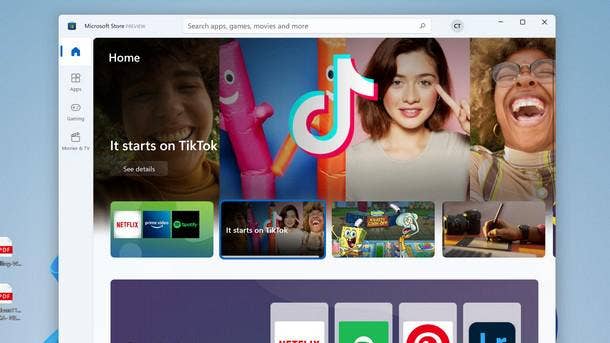
Nadella On The App Store
Let’s talk about apps – and in particular, how they will be distributed in the future.
With Windows 11, we also announced the new Microsoft Store, which we rebuilt from the ground up to give you maximum openness and flexibility.
We want you to bring your apps to our store regardless of whether they were built as a native Windows app, a progressive web app or any other app framework.
Last year, we announced our waitlist for Win32 apps. And today, I’m happy to share that the wait is over.
We also want to help you maximize your reach so your customers can find the apps and experiences that matter the most to them. That’s why we are excited to announce Microsoft Store ads, a new way to help you reach the right customers at the right time.
As we continue to innovate with the best app store economics for you, you have the choice to use our commerce engine with industry-leading revenue share, or you can bring your own commerce engine to your apps and keep 100 percent of the revenue.
And remember, if you’re targeting Windows, you’re effectively targeting every device.
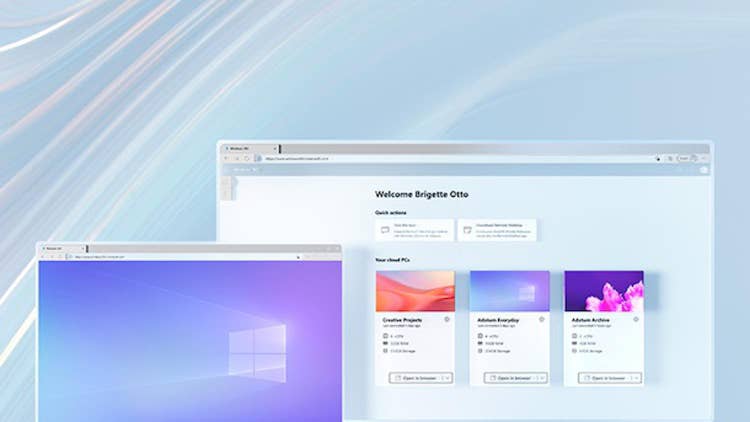
Nadella On Windows 365
With Windows 365, we’re bringing Azure computing to Windows computers, removing the boundaries between the device and the cloud so your Windows applications can be accessed on any device.
We’re also further integrating Windows 365 and Windows 11 with new capabilities announced just last month. You can now switch between your local PC and your cloud PC with just one click.
The real magic happens when you accelerate Windows cloud PCs with Azure Public MEC. We’re testing these scenarios today. Let’s take an architect using an iPad and a building site to share designs with site managers and workers.
On a busy worksite, there’s no time for slow loading and clunky design rendering. And Wi Fi isn’t always reliable.
Azure Public MEC ensures that compute-intensive applications where sub-millisecond latency needs to exist between the device and the virtual machine work instantly every time.
And because Windows 365 streams your personal data, apps, content and settings to any device, when the architect moves back to the workstation in her office, the project designs on her cloud PC are live and ready to go and she can pick up where she left off.
Between Windows 365 and Azure Virtual Desktop, you have the most diverse set of options so everyone can work how and where they want.
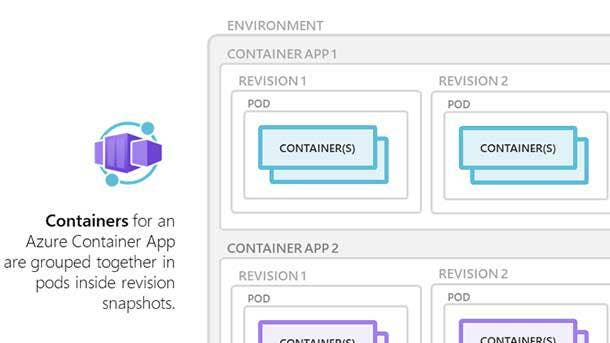
Nadella On Azure Container Apps
Next, let’s talk about cloud native app development. Today all cloud native development starts with writing a microservice. Microservices help teams build, deliver scale applications faster than traditional architectures.
Containers have emerged as the industry standard to go from code to cloud native and to scale from zero to infinity as your load-in business requires.
I’ve been super excited about the response to our preview of Azure Container Apps to fully managed serverless container service for building and deploying modern apps at scale. It allows you to create modern apps based on open standards. It’s all built on Kubernetes so you can get the benefits of the open ecosystem, but no prior Kubernetes experience or knowledge is required. You can easily deploy containerized apps from Docker containers or source code repos (repositories) without having to worry about managing your own infrastructure. And your apps can scale in response to HTTP traffic or event triggers.
And today, I’m thrilled to announce the general availability of Azure Container Apps. And for those of you who want to access the flexibility and the power of full Kubernetes ecosystem, we’re also announcing updates to Azure Kubernetes Service.
It’s the fastest way to spin up managed Kubernetes clusters so you can focus on developing your apps using the open source Kubernetes APIs in the community tools like Helm … and of course, GitHub Actions. You get the best DevSecOps (development security operations). You also have managed Kubernetes available to you in more regions than any other cloud provider.
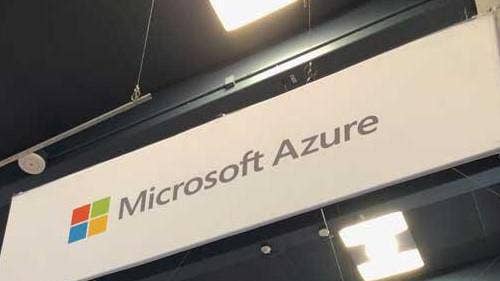
Nadella On Azure ‘Confidential Computing’
Another game changer is Azure ‘confidential computing,’ which helps you build not just for scale, but also for confidentiality. It protects data when in use as well as at rest and in transit thanks to the enclaves that encrypt and isolate code and data in a zero-trust environment, where even Azure as the cloud provider doesn’t have access.
We are now the only cloud providers supporting the latest confidential capable CPUs from Intel and AMD as well as confidential GPUs with Nvidia. And we are the only ones with a confidential code to cloud serverless offering. And we are seeing fantastic applications built with Azure Confidential Computing across regulated industries including health care.
BeeKeeperAI, a UCSF (University of California, San Francisco) spin-off used our tools to create a unique platform for clinical AI that allows developers to access datasets from multiple institutions where AI models are validated and tested without moving or sharing the data or revealing the algorithm.
This eliminates the need to de-identify or anonymize protected health information because the data is never visible or exposed in the first place.
The solution they built uses Azure confidential computing VMs running on third-gen(eration) Intel Xeon processors with Intel Software Guard Extensions.
We are making these VMs generally available at Build, and they bring orders of magnitude more encrypted memory compared to previous generations. All of these capabilities are available to you today, enabling you to bring even your most sensitive workloads to the cloud.
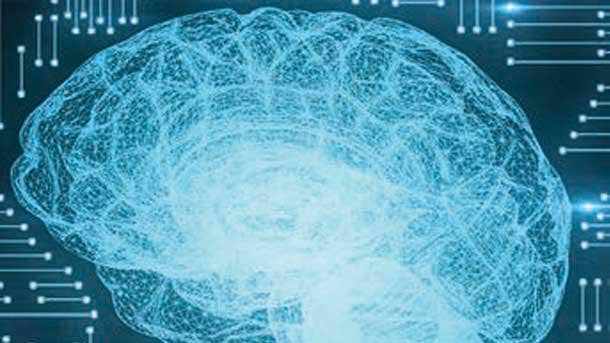
Nadella On Microsoft Intelligent Data Platform
Let’s turn to data. When you step back, it’s really your most important architectural consideration. We are moving to a world where every app will be intelligent and adapt in real time. Analytics won’t just be a back-end process. It will become a critical part of the product experience.
Today, though, developers struggle with the silos that too often exist between databases, analytics and governance.
Data engineers, data scientists and business analysts struggle with the complexity of making data integration, data warehousing, MLOps (machine learning operations and BI (business intelligence) all come together.
And data and privacy officers struggle to meet the regulations when governance is not deeply integrated into the products they’re supposed to monitor.
That’s why – instead of thinking about databases, analytics and governance as separate things – we are architecting these pieces together as part of one intelligent data platform.
And today, I’m very excited to announce the Microsoft Intelligent Data Platform. There is no better example of why this matters than e-commerce. Take, for example, a shopping website that needs to create personalized experiences, including product recommendations. Real-time personalization means the website needs to capture new interests from current sessions and instantly match historical data to online session data in real time and at limitless scale.
It’s absolutely mission critical during peak events like Cyber Monday. The site needs to connect and correlate customers with products, inventory suppliers, logistics and even social sentiment all while respecting customer data privacy.
They can build their application on (Azure) Cosmos DB or SQL Hyperscale. With Synapse Link, all committed transactions across these databases are now available in real-time analytics in Synapse.
With Azure ML, they can easily retrain models based on this real-time learning and close the loop by deploying those models back on to the application. And with Power BI, insights can be shared across the company.
All of this can happen within just a few seconds, so the website can offer the right product to the right customer at the right time. And of course, your service has to ensure it’s compliant with (the European Union’s) GDPR (General Data Protection Regulation) and other privacy regulations.
And that’s why we’ve deeply integrated all of our data services with Microsoft Purview, enforcing governance across all these data assets wherever they reside.
This is about bringing together all of our data products into one architectural fabric so you as developers can shift your focus to your creativity to what you can uniquely do instead of spending time integrating data services and governance.
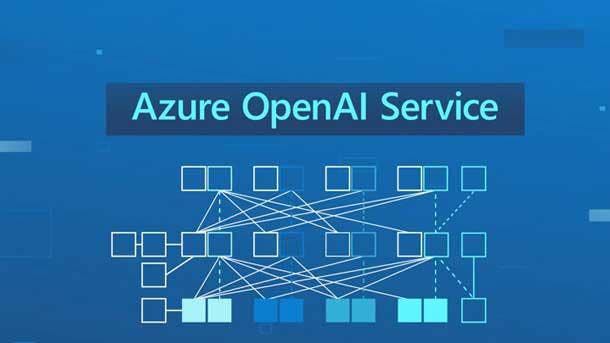
Nadella On Azure OpenAI Service
I just talked about writing cloud native apps and how they can be powered by this rich data fabric. The other thing I want to talk about is how apps can be infused with intelligence using AI to both improve existing scenarios and introduce new, more ambitious ones.
We’re seeing a paradigm shift of large AI models becoming powerful platforms themselves. In Azure, we built the most powerful AI supercomputer in the world. And we’ve used it to train these large state of the art AI models.
We’ve trained Turing for rich language, understanding Z-code for translation across hundreds of languages, and Florence for breakthrough visual recognition.
And our partner OpenAI has trained the GPT (Generative Pre-trained Transformer) family of models for human-like language generation, Dall-e for realistic image generation, and editing and Codex for code generation in more than a dozen programming languages.
But it’s not enough to talk about these models. It’s all about applying them. Because the real power for all of you comes when you can build upon and embed them in your applications.
That’s why we’re building models as platforms in Azure – so you can apply these advances to any use case. In fact, we ourselves are doing this today across our product line.
Nuance’s DAX (Dragon Ambient Experience) solution is applying the latest advances in AI to document patient encounters at the point of care, reducing the burden on physicians. Dynamics 365 automatically summarizes customer conversations into succinct summaries and allows the customer service agent to pass them off to relevant subject matter experts. These same capabilities are also coming to Microsoft Teams to help reduce meeting overload.
And with our Azure Cognitive Services, you can embed these capabilities in your own applications. We are announcing updates this week at Build, including summarization for documents and conversations.
We’re also seeing customers in many industries use our Azure OpenAI Service to do transformative things. CarMax for example, has used the Azure OpenAI Service to generate new marketing content based on thousands of customer reviews that would have otherwise taken someone years to summarize.
Similarly, inspired by GitHub Copilot, we envision a world where everyone, no matter their profession, can have a copilot for everything they do. In fact, we are working with Autodesk to fine tune the Azure OpenAI Codex model to add such an interface to 3D workflows in Maya.
With simple natural language commands, creators will be able to … change the color and attributes of assets without having to navigate a series of menus and group, duplicate, position objects in relation to each other.
ith these actions alone, they’ve cut what would have been several layers of deep menu commands down to simple natural sentences.
And we’re just beginning to explore what is possible in this new realm of human-machine interfaces and no-code development.
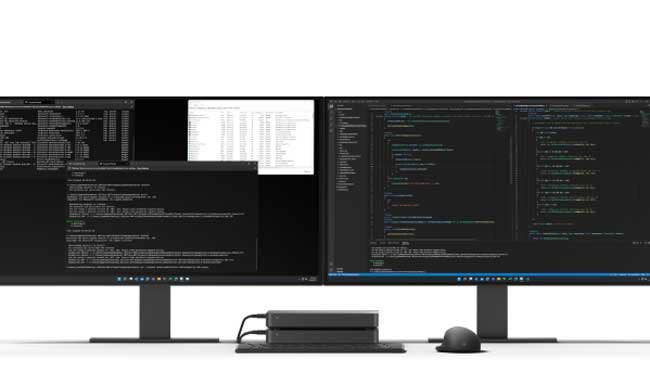
Nadella On Project Volterra
We just talked about the progress we’re making with our AI supercomputer. But if there’s one thing that I believe will surpass the AI supercomputer, it’s the supercomputing capacity that will be distributed across all the devices we carry and use throughout our lives. In the last two years, we have created 50 times more GPU compute on Windows compared to the biggest AI supercomputer.
And with the advent of NPUs (neural processing units), this will only grow. We are entering a world where every Windows computer will draw on the combined power of CPUs, GPUs, NPUs, and even a new core processor, Azure Compute.
In this hybrid-cloud-to-edge world, you will be able to do large-scale training in the cloud and do inference at the edge and have the fabric work as one.
We are very excited about how it will enable both us as well as our partners like Adobe to create a whole new class of experiences in their applications.
We also want you to build cloud native applications with these rich AI models where they can offload for local inference wherever NPUs are available. Whether that’s Android, iOS or Windows, you should be able to optimize for the device and the local capability you have.
It’s why we built a powerful cross-platform development pattern for building AI experiences that span the cloud and the edge. This pattern allows you to make late binding runtime decisions on whether to run inference on Azure or the local client.
t can also dynamically shift the load between client and cloud. We are calling it the ‘hybrid loop.’ We’re bringing this to you as a cross-platform capability through the ONNX Runtime and Azure ML along with an AI tool chain to make heterogeneous targeting easy.
And to bring this to life, we’re also announcing Project Volterra. It’s a Windows dev kit with an Arm CPU and NPU, and it includes native Arm64, Visual Studio, and .Net support to provide the same fast, familiar and highly productive experience that you’re used to.
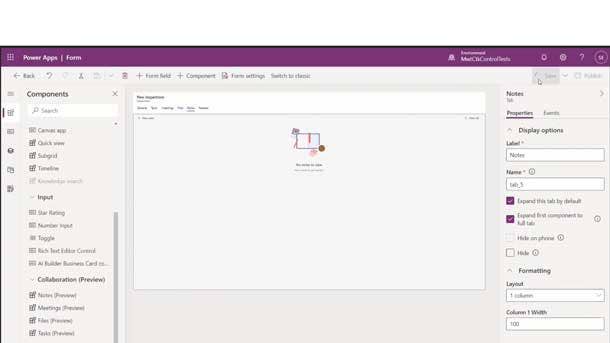
Nadella On Power Pages
Let’s talk about low code/no code. In a digital-first company, the developer workflow influences how the entire company works. Fusion teams of pro-developers and domain experts integrate across all functions and disciplines enabling closer collaboration.
And we’re continuing to innovate to make this even easier for you. Today, we are announcing express design in Power Apps. You can upload a PDF, a PowerPoint or even a hand-drawn sketch … and express design will convert it into an app within seconds. It’s pretty fantastic.
This includes a complete UI (user interface) that’s built from your design with a back-end data schema. It’s easy to check and modify all of the created components. You can further modify any part of the app to match your own design. And if you want to add more screens, you can simply repeat the process until your app is completed.
For example, the interaction designer who is using Figma every day can build a prototype in Figma, upload the design into Power Apps and have a working app in seconds, leaving developers to focus on data and back-end logic. And by the way, this is all built on large AI models that I just talked about.
And we’re not stopping there. Today, I’m very excited to announce Power Pages, which enables anyone to build modern, secure and responsive business websites fast.
Power Pages offers a wide set of design, development and security options, along with simple authoring and advanced admin options.
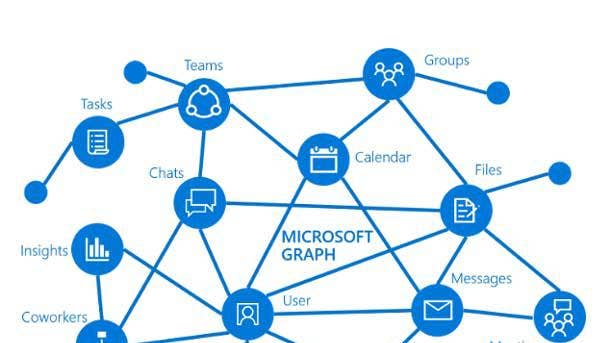
Nadella On Microsoft Graph Connectors
Let’s talk about the future of work and how we are making apps more contextual and people centric so you can build a new class of collaborative applications.
It starts with Microsoft Graph, which underlies Microsoft 365 and makes available to you information about people, their relationships and all of their artifacts.
Today, we are seeing developers around the world enriching their apps with Microsoft Graph. In fact, more than half of the Microsoft 365 tenants are using custom-built and third-party apps powered by the Graph.
With Graph connectors, ISVs (independent software vendors) can extend their applications and have them be discovered as part of the user’s everyday tasks, whether they are writing an email, meeting on Teams or doing a search.
For example, data from an app can appear directly in an organization search results … you can compose email and add mentioned files from these apps in line, and you can access them in Teams chat, too.
And another way you can create interactive experiences is by building live, actionable Loop components using adaptive cards … your users can make decisions and take action like updating the status of a ticket right in the flow of work. And updates are always live … When you combine the Microsoft Graph with Microsoft Teams, you combine the data that describes how people work together with the place they work together. It’s incredibly powerful, and developers are extending their apps into Teams and embedding Teams in their apps.
In fact, monthly usage of third-party apps and custom-build solutions on teams has grown 10x over the last few years. And more and more ISVs are generating millions of revenue from customers using apps built on Teams.
Adobe, for example, is integrating Sign with Teams, enabling users to share documents and sign them during Teams meetings from anywhere on any device.
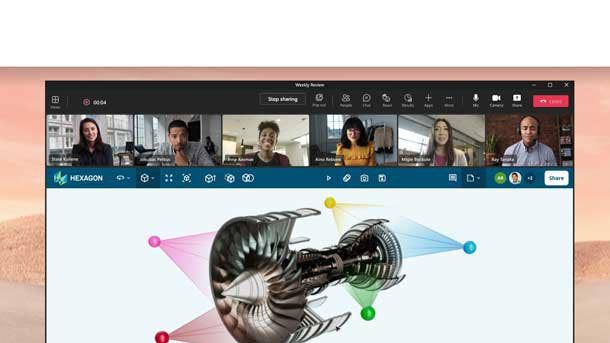
Nadella On Microsoft Teams Live Share
At Build, we’re introducing new capabilities to help you design rich, collaborative experiences. One of the updates I’m most excited about is ‘live share‘ experience for apps and Teams meetings.
We’ve offered real-time collaborative software development capabilities for some time now in Visual Studio Live Share. And now, we’re bringing real-time collaborative meeting capabilities to Teams with live share experience.
Working on apps in meetings should be multiplayer. With live share, your apps can go beyond passive sharing, so your end users can actively co-watch, co-create, co-edit content together – making live meetings truly interactive.
Our partners are reimagining meetings with live share. One example is Hexagon. Hexagon builds manufacturing solutions for engineering teams and is using these capabilities to reinvent how collaborative engineering reviews are done. With live share, Hexagon brings engineers as well as simulation and quality experts together in real time. They can highlight, annotate, edit 3D models and simulations. This connects traditionally siloed phases of product development together right within Teams.
And Skillsoft is using live share to deliver interactive training on Teams. With synchronized video annotations and instructor controls, Skillsoft is creating new ways for people to learn together. All these capabilities will be available to you with Teams SDKs (software development kits).
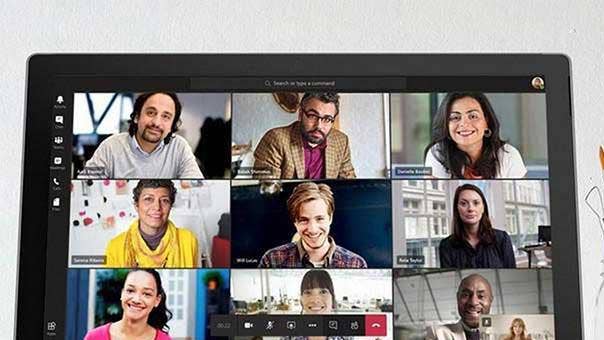
Nadella On Microsoft Mixed Reality
Let’s talk about the metaverse. In the last two years, we’ve seen how immersive experiences in gaming can help create community and connection. And we will see the proliferation of HoloLens scenarios across industries, transforming everything from telehealth to remote maintenance to collaborative design and training.
We are building out a diverse set of platform capabilities to help you build even richer applications that transcend both business and consumer scenarios and extend across all device platforms.
Our approach starts, in fact, with Teams. With ‘front row‘ in Teams Rooms, we are bringing people face to face, placing remote attendees at eye level like they are in the same room.
We’re including hardware like intelligent cameras in meeting rooms for more natural, personal and inclusive connections. And with the latest AI and Teams Rooms experiences, we’re dissolving the walls between digital and physical participation so people can present a PowerPoint together as though they were in the same location, even when they’re apart.
Presence is the ultimate killer application. When you and I can remotely join the same meeting but feel like we are in the same room to create and collaborate together – that’s finally within reach.
I’ve been using Mesh for Teams internally, and I’m very excited. With personal expressive avatars, my digital twin looks and interacts like me. It represents me the way I want to be seen even when I don’t have my camera on. I can interact with all of the artifacts in the meeting.
Think about what that unlocks with product design as an example. Or I can drop into a persistent immersive space for more serendipitous meetups. Think of this as the office water cooler. And we will have more to share as we open up these experiences in the coming months.
And we’re building Mesh as a platform service in Azure to enable you to build your own immersive worlds. You can build your metaverse experiences on Mesh that are accessible from anywhere on any device – whether it’s HoloLens, VR headsets, phones, tablets, or PCs.
And we’re taking this approach to ensure that developers are not bound to any one device platform. Take for example, the experience WEF (the World Economic Forum) was showing at Davos this week in partnership with Accenture.
The experience they’ve built on Mesh educates people on their 1 trillion trees initiative (1t.org) to unite and promote reforestation efforts worldwide.
The same paradigm shifts – the digitization of people, places and things and their interactions – are also happening in the industrial matters. We’re helping companies optimize their operations and automate, simulate and predict every business function and process using IoT (internet of things), digital twins, Mesh and the HoloLens platform.
And we see this in action today across every industry – from AB InBev, which is using our metaverse stack to track every bottle from the wheat field through manufacturing to distribution – to Novo Nordisk, which is using mixed reality to optimize its pharmaceutical production while meeting regulatory requirements, and Marks & Spencer, which is using the data generated by every surface screen and scanner in their stores to track store performance and customer experience in real time.